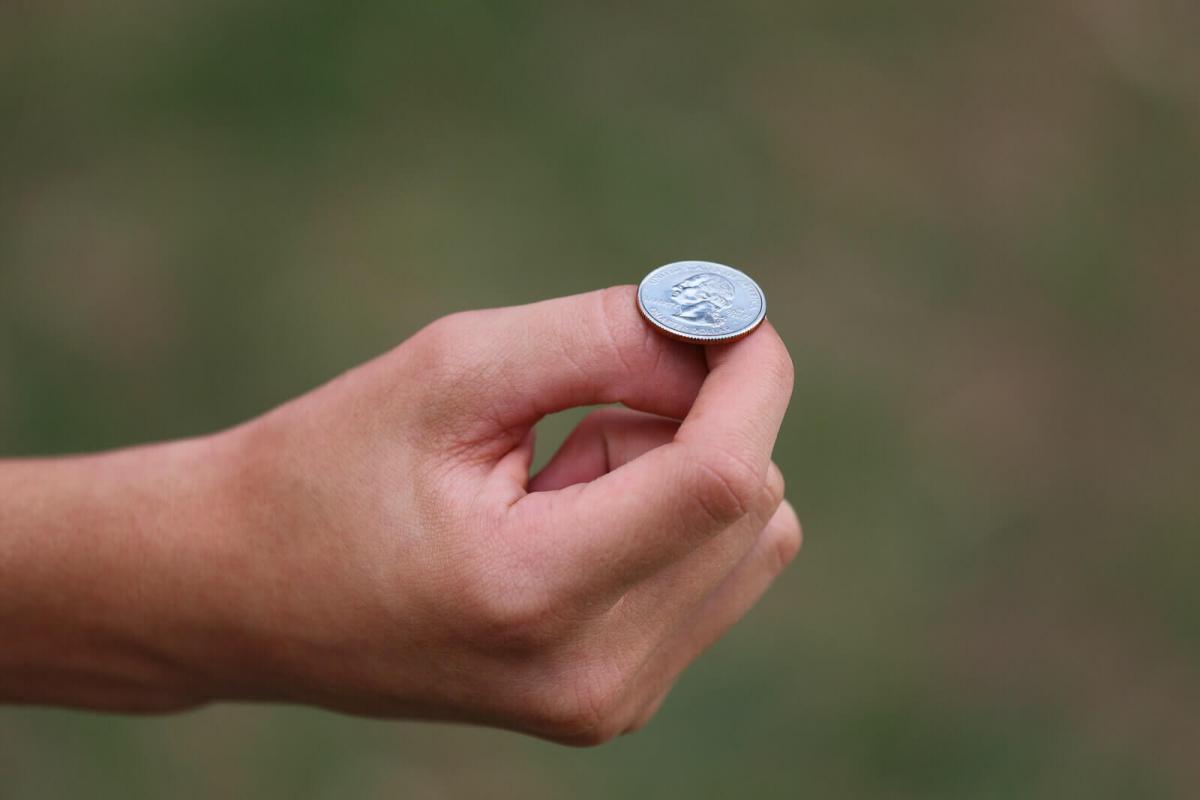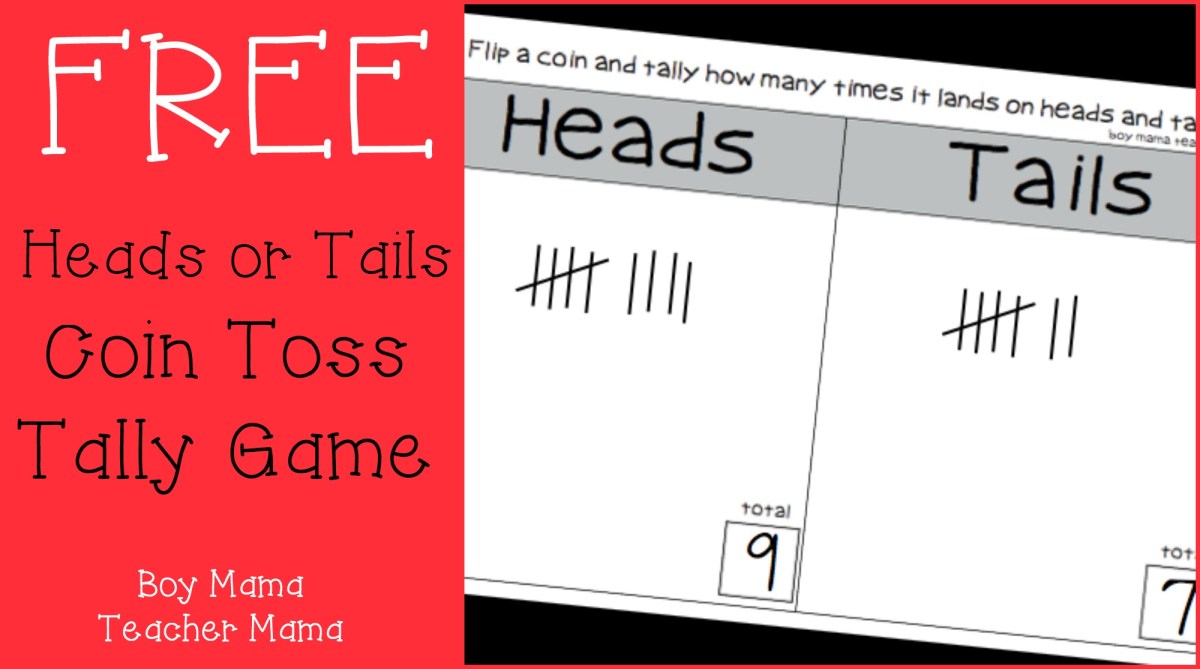Coin toss game, a seemingly simple act, unveils a world of probability, statistics, and decision-making. From its basic mechanics—a simple flip of a coin—to its surprising applications in various fields, the coin toss holds a captivating place in our lives. We’ll explore the rules, variations, and the mathematics behind this age-old method of random selection, uncovering its hidden depths and potential biases.
Coin toss games are simple, yet surprisingly fun. Think about the randomness – it’s like predicting which way Sonic will dash next! Check out this cool Sonic the Hedgehog page sonic the hedgehog for a blast from the past. Just like a coin toss, his movements are often unpredictable, adding to the thrill of the game.
So, next time you play a coin toss, remember the chaotic energy of Sonic!
This guide will walk you through everything from the fundamental rules of a basic coin toss to more complex scenarios involving multiple tosses and betting. We’ll examine the probabilities involved, discuss potential biases, and show you how to ensure a fair and unbiased toss. We’ll also look at real-world examples of how coin tosses are used to make decisions, resolve disputes, and add an element of chance to games and sports.
Coin Toss Game: A Comprehensive Guide
The humble coin toss, a seemingly simple act, holds a surprising depth of mathematical principles and practical applications. This guide explores the mechanics, probability, applications, and potential biases associated with coin toss games, providing a comprehensive understanding of this ubiquitous method of random selection.
Game Mechanics

The fundamental rule of a coin toss is straightforward: a coin is flipped, and the outcome—either heads or tails—determines the result. Variations exist, however, adding layers of complexity and strategic depth.
A standard coin toss involves a single flip. Best-of-three variations require three tosses, with the winner being the one who wins two out of three. Betting variations introduce stakes, where players wager on the outcome. A step-by-step procedure for a standard coin toss is: (1) Choose a fair coin. (2) Ensure both sides are clearly distinguishable.
(3) Flip the coin with a clear, upward trajectory. (4) Observe the result once the coin lands.
| Name | Number of Tosses | Winning Condition | Betting Options |
|---|---|---|---|
| Single Toss | 1 | Heads or Tails | None (typically) |
| Best of Three | 3 | Win 2 out of 3 | Possible, e.g., wager on overall winner |
| Multiple Toss Betting | Variable | Achieve a specific sequence | Wagers on specific outcomes or sequences |
Probability and Statistics

In a single, fair coin toss, the probability of heads is 0.5 (or 50%), and the probability of tails is also 0.5. With multiple tosses, the probability of specific sequences changes. Each toss is an independent event, meaning the outcome of one toss doesn’t affect the outcome of subsequent tosses.
For example, the probability of getting two heads in a row is 0.5
– 0.5 = 0.25 (or 25%). The probability of getting three heads in a row is 0.5
– 0.5
– 0.5 = 0.125 (or 12.5%). This illustrates how probabilities decrease as the number of desired consecutive outcomes increases.
A visual representation of the probability distribution for multiple tosses could be a bar chart. The x-axis would represent the number of heads (0 to the total number of tosses), and the y-axis would represent the probability of obtaining that number of heads. The bars would show a binomial distribution, peaking around the middle (half heads, half tails) and tapering off towards the extremes (all heads or all tails).
Coin toss games are simple, yet surprisingly strategic. Think about how a slight change in technique can influence the outcome – much like choosing the perfect vantage point for filming, perhaps at a location like camera gully , which offers amazing aerial perspectives. Back to coin tosses: even a seemingly random flip can be affected by factors like the coin’s spin and how you release it.
Applications and Examples
Coin tosses are frequently used in real-world scenarios to make fair and unbiased decisions. They are commonly employed in sports (e.g., determining which team receives the kickoff), games (e.g., deciding who goes first), and even in legal contexts to settle disputes when other methods fail.
Compared to other random selection methods, such as drawing lots, a coin toss offers simplicity and immediate results. However, it relies on the fairness of the coin and the tossing technique.
- Advantages: Simplicity, speed, readily available materials, perceived fairness.
- Disadvantages: Susceptible to bias if the coin or tossing technique is unfair, limited to two outcomes.
Bias and Fairness
Potential biases in a coin toss can stem from a biased coin (e.g., one side heavier than the other) or an inconsistent tossing technique. To mitigate bias, it is crucial to use a fair coin and maintain a consistent tossing technique, ensuring the coin spins freely in the air before landing.
- Select a visually symmetrical coin.
- Hold the coin between the thumb and forefinger.
- Flip the coin with a firm, upward toss, aiming for a high arc.
- Ensure the coin lands on a flat, level surface.
- Observe the result without influencing the landing.
Advanced Concepts, Coin toss game

Calculating probabilities in coin toss sequences involves binomial probability calculations. Simulations, often using computer programs, can model a large number of coin tosses to analyze statistical properties such as the frequency of heads versus tails, the distribution of runs of consecutive heads or tails, and the likelihood of specific outcomes.
A simple computer simulation could use a random number generator to simulate a coin toss (e.g., a number less than 0.5 represents tails, greater than or equal to 0.5 represents heads). Repeating this process a large number of times provides empirical data to analyze.
Last Point

The coin toss game, while appearing simple, offers a fascinating window into the world of probability and decision-making. Understanding the underlying mathematics and potential biases allows us to appreciate its fairness (or lack thereof) and its surprisingly wide range of applications. Whether used for settling a friendly argument or making critical choices, the humble coin toss continues to hold a unique position in our culture and everyday lives.
So next time you flip a coin, remember the intriguing story behind this seemingly simple act.
Questions and Answers
Can a coin toss be truly random?
Coin toss games are simple, but can be surprisingly strategic! Think about how you could incorporate that element of chance into a more complex game, like the surprisingly stylish dress coat video game I found – maybe using a coin toss to determine which coat your character gets to wear. Then, the outcome of that toss could influence gameplay, adding a fun unpredictable twist to your coin toss game.
While striving for randomness, a coin toss is influenced by factors like tossing technique and coin imperfections. True randomness is a theoretical ideal; practical coin tosses are approximations.
What if the coin lands on its edge?
Typically, if a coin lands on its edge, the toss is considered invalid and repeated.
How can I make a coin toss more fair?
Use a fair coin (unbiased), a consistent tossing technique (avoid spinning), and ensure no external forces interfere.
Are there any historical uses of coin tosses besides games?
Yes, historically, coin tosses have been used for various purposes, including resolving disputes, making important decisions, and even selecting lottery winners.
